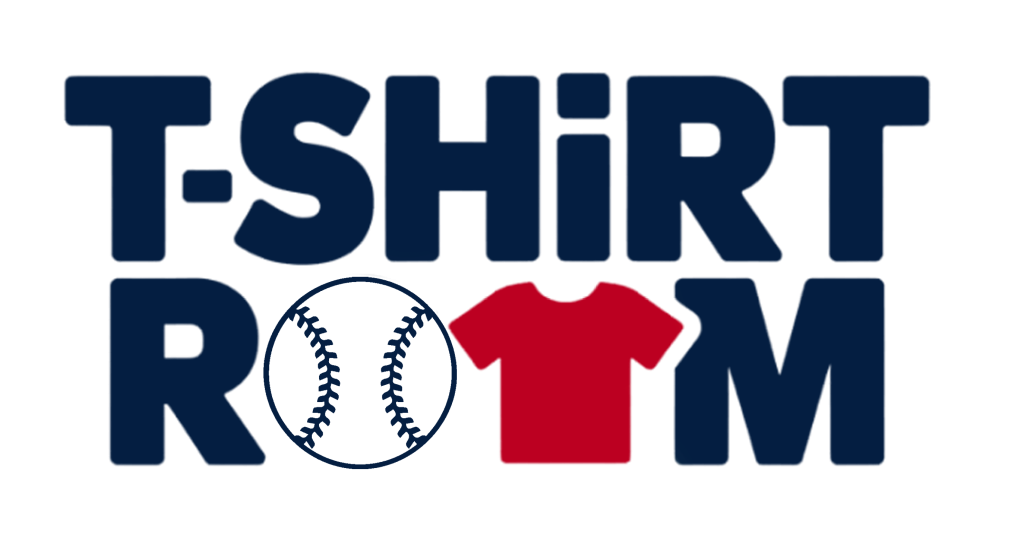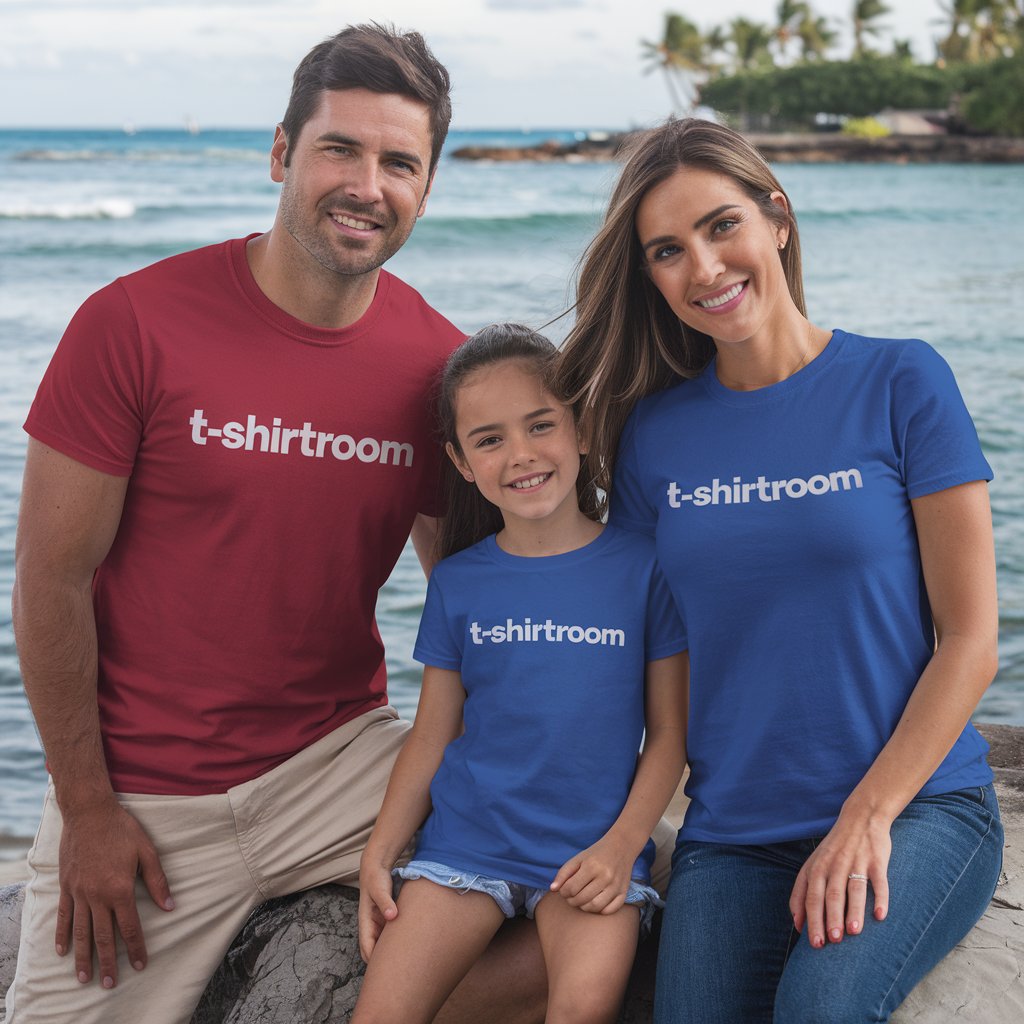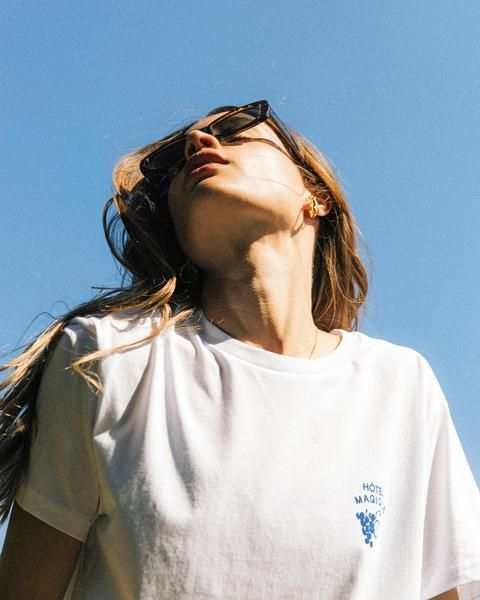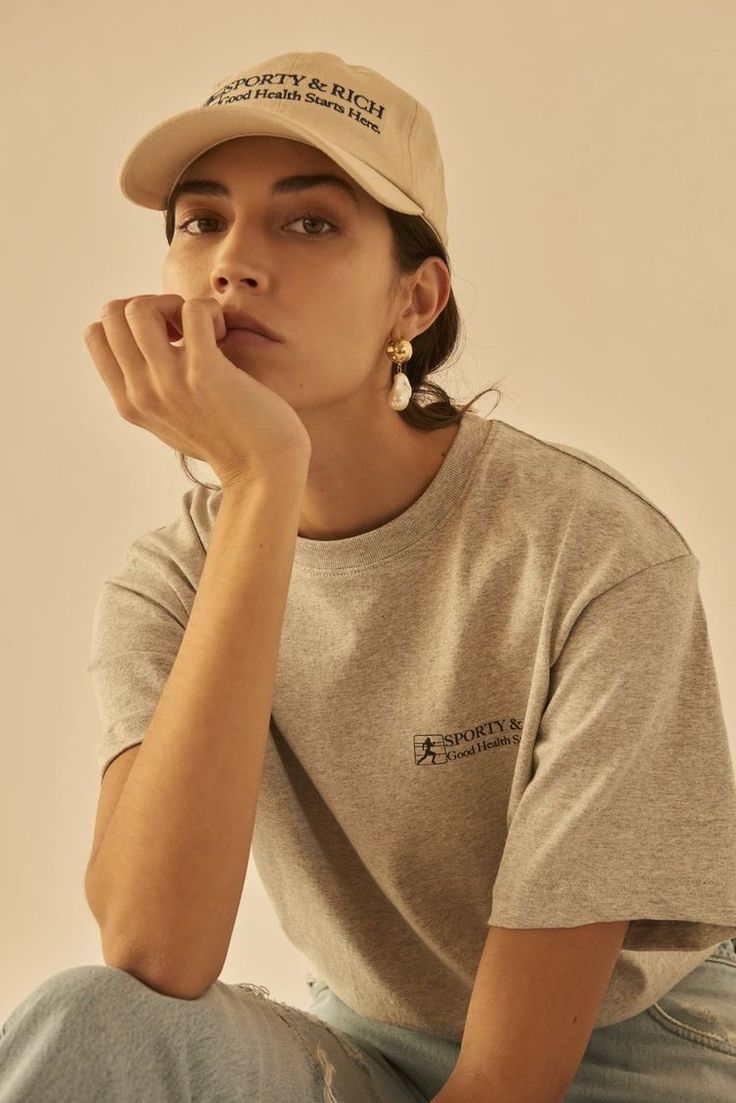Introduction: The Universality of the T-Shirt
The T-shirt, a seemingly simple piece of clothing, has had a profound impact on fashion culture and continues to hold an iconic status in wardrobes across the globe. It has evolved from being an undergarment to a versatile garment that is an expression of individuality, style, and identity. In this article, we will delve into the history, design variations, cultural significance, and influence of T-shirts, offering insights into why this wardrobe essential is more than just a casual piece of clothing.
1. The Evolution of the T-Shirt: From Undergarment to Cultural Icon
Origins of the T-Shirt
- Early Beginnings: The T-shirt’s roots date back to the 19th century when it was first created as an undergarment for military personnel.
- Post-War Popularization: The T-shirt’s rise to prominence began after World War II when soldiers returned home wearing these comfortable, breathable garments in everyday life.
- The 1950s and 1960s: Hollywood icons like Marlon Brando and James Dean popularized the T-shirt as a fashion statement in films, forever linking it to youthful rebellion.
- Rise of Branding: The 1970s saw the introduction of graphic designs, logos, and slogans, as T-shirts began to function as wearable billboards and tools for personal expression.
The T-Shirt and Counter-Culture
- 1970s Counter-Culture: The T-shirt became a symbol of the anti-establishment movement, with bands, social activists, and political organizations using it to communicate messages.
- Music and the T-Shirt: With the rise of rock bands like The Beatles and The Rolling Stones, T-shirts featuring band logos became a symbol of musical subcultures.
- Pop Art and the T-Shirt: Artists like Andy Warhol embraced the T-shirt as a medium, pushing its status as an art form.
2. The T-Shirt in Modern Fashion: From Casual Wear to Haute Couture
The T-Shirt’s Role in Streetwear and High Fashion
- Streetwear Influence: The streetwear movement in the 1980s and 1990s transformed the T-shirt into an integral part of urban culture, with brands like Supreme and Stüssy leading the charge.
- Designer T-Shirts: In the 1990s, luxury designers such as Jean-Paul Gaultier, Vivienne Westwood, and Stella McCartney began incorporating T-shirts into their collections, blending high fashion with casual wear.
- Celebrity Endorsement: Celebrities have long embraced the T-shirt, using it as a vehicle for self-expression, political messages, and brand promotion.
Sustainability and Ethical Fashion
- Eco-Friendly T-Shirts: As the fashion industry has faced growing scrutiny for its environmental impact, sustainable T-shirts made from organic cotton, hemp, and recycled materials have become popular.
- Ethical Production: Brands focusing on fair trade practices have emphasized the need for ethical production of T-shirts, ensuring that workers are paid fairly and work under safe conditions.
- Circular Fashion: The rise of second-hand clothing and sustainable T-shirt designs is part of a growing movement toward circular fashion, where garments are reused, recycled, and repurposed.
3. The Different Types of T-Shirts: Exploring Styles and Cuts
Classic Styles
- Crewneck T-Shirt: The classic and most common T-shirt style, with a round neckline, offering versatility and comfort.
- V-Neck T-Shirt: A T-shirt with a V-shaped neckline, which adds a touch of elegance and is often favored by those looking for a slightly dressier casual look.
- Polo T-Shirt: A step up from the standard T-shirt, the polo features a collar and buttoned neckline, giving it a more refined appearance suitable for semi-formal occasions.
Fashion-Forward Cuts
- Oversized T-Shirt: The oversized trend has become extremely popular, offering a relaxed, laid-back look that works well in streetwear culture.
- Cropped T-Shirt: Cropped T-shirts, which are shorter than regular tees, have become a popular trend among fashion-forward individuals, especially in the summer months.
- Henley T-Shirt: Featuring a button-up placket on the neckline, Henley T-shirts offer a casual yet sophisticated look.
Graphic T-Shirts: A Medium for Personal Expression
- Band Tees: T-shirts featuring the logos and album covers of iconic bands are a staple of youth subcultures and music fandoms.
- Statement Tees: Graphic tees with clever sayings, political statements, or humorous slogans offer individuals a way to communicate their personality, beliefs, or sense of humor.
- Pop Culture References: From TV shows to movies, graphic T-shirts featuring iconic quotes or characters are a fun way for fans to show their love for popular media.
4. How to Style a T-Shirt: Fashion Tips for Every Occasion
Casual Looks
- Everyday Outfits: The T-shirt can easily be paired with jeans, shorts, or skirts for a comfortable and stylish casual look. Adding sneakers or flats keeps the vibe relaxed.
- Layering: T-shirts are perfect for layering. A basic tee under a leather jacket, denim jacket, or cardigan offers an effortlessly cool vibe.
Smart Casual
- Dressed-Up T-Shirts: T-shirts can also work in more polished outfits. A fitted V-neck or a graphic tee under a blazer creates an interesting mix of casual and formal elements.
- T-Shirt and Chinos: Pairing a clean, plain T-shirt with chinos or tailored pants creates a smart-casual outfit suitable for brunch or a casual work environment.
Streetwear and Athleisure
- Oversized T-Shirts in Streetwear: Streetwear influencers often style oversized T-shirts with baggy pants, sneakers, and accessories like caps or chains.
- Athleisure: T-shirts are a key component of athleisure, where they are styled with leggings, joggers, and running shoes for a comfortable yet stylish look.
Layering with Outerwear
- Jackets and T-Shirts: A great way to add dimension to an outfit is by layering a T-shirt under a jacket. Whether it’s a classic denim jacket, a bomber jacket, or a blazer, the T-shirt is the perfect underlayer.
- Cardigans and Sweaters: T-shirts are the perfect starting point for a cozy layered look, with cardigans or oversized sweaters providing warmth and style.
5. The Global Impact of T-Shirts: From Local to Worldwide Influence
T-Shirts as Cultural Symbols
- Political and Social Commentary: T-shirts have long been used as a medium for expressing political beliefs and social activism. From the feminist movement to LGBTQ+ rights and environmental causes, T-shirts have carried powerful messages.
- Pop Culture Impact: T-shirts have had a profound effect on the entertainment world. Movie quotes, celebrity faces, and logo tees have transcended fashion to become part of the global cultural landscape.
Fashion Around the World
- Western Influence: In the United States and Europe, T-shirts have become a symbol of casual, youthful style, with brands like Levi’s, Nike, and Adidas playing major roles.
- T-Shirts in Asian Markets: In countries like Japan, South Korea, and Vietnam, T-shirts are an essential part of both street fashion and daily wear. Asian designers and brands have taken the T-shirt and adapted it to their own cultures and aesthetics.
The Global Popularity of Custom T-Shirts
- Custom Printing: The ability to design and print personalized T-shirts has allowed people all over the world to create their own unique garments. Companies that offer custom T-shirts have grown exponentially, catering to a wide variety of customers.
6. The T-Shirt Industry: Business and Market Trends
T-Shirt Manufacturing
- Production Process: T-shirts are made using several methods, including screen printing, direct-to-garment printing, and embroidery. The quality of materials and the techniques used can greatly impact the final product.
- Global T-Shirt Market: The global market for T-shirts continues to grow, with consumers demanding high-quality materials, innovative designs, and ethical production practices.
The Role of E-commerce in T-Shirt Sales
- Online Shopping: The rise of e-commerce has made it easier for consumers to purchase T-shirts from a variety of brands and designers.
- Print-on-Demand Services: Print-on-demand services have revolutionized the T-shirt business, allowing entrepreneurs to design and sell custom T-shirts with minimal upfront costs.
Conclusion: The Future of the T-Shirt
The T-shirt has been a fashion staple for over a century, and its influence continues to shape how we express ourselves through clothing. Whether it’s a simple cotton tee or a high-fashion design, the T-shirt offers endless possibilities for personal expression, cultural commentary, and style. Its adaptability and timelessness ensure that the T-shirt will remain an essential piece in wardrobes for generations to come. Whether as a canvas for art, a statement of beliefs, or a symbol of casual comfort, the T-shirt’s enduring legacy is undeniable.






